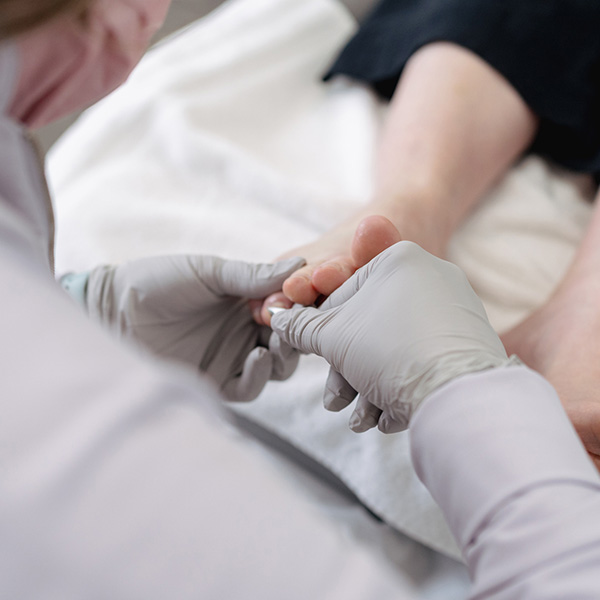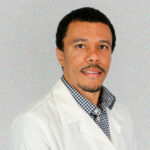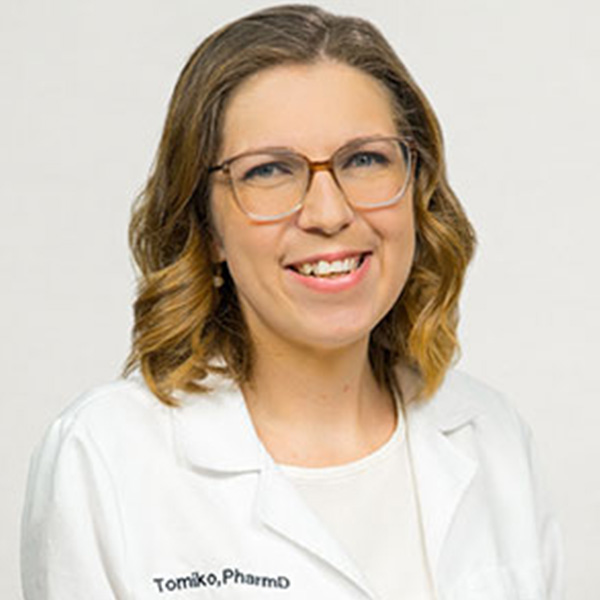HIV Treatment in Brevard County, FL
Frequently Asked Questions About HIV
Brevard Health Alliance provides HIV treatment for patients throughout Brevard County, FL and the surrounding areas, including Cocoa, Malabar, Palm Bay, Titusville, Melbourne, Rockledge, and more. Our medical center is dedicated to providing patients with a medical home where they are heard, encouraged, and respected. We take pride in providing our valued patients with the highest-quality care in Brevard County. Our medical home is a safe and comfortable place where patients can receive exceptional care promptly. Below, we’ve answered your frequently-asked questions about HIV.
The human immunodeficiency virus (HIV) is a viral infection. This infection targets the body’s immune system and breaks down specific cells. HIV can lead to acquired immunodeficiency syndrome (AIDS) if left untreated. Fortunately, this virus can be controlled with proper medical care.
HIV can be transmitted in more than one way. Transmission can occur through penetrative sex, giving oral sex, sharing contaminated needles, blood transfusions, and from mother-to-child during pregnancy, childbirth, or breastfeeding. Below, we’ve gone into detail about each of the ways that HIV can be transmitted:
- Sexual Transmission – HIV can be transmitted through sexual activity, including penetrative sex (anal or vaginal). Although the risk is much lower, transmission through oral sex is also possible. In sexual activities, the receptive partner typically has a higher risk of contracting HIV.
- Transmission Through Sharing Needles – Those who re-use or share needles or syringes increase their chances of contracting HIV. People who use needles and syringes can substantially lower their risk of transmission by always using new needles and syringes, and not sharing the water or cottons.
- Mother-To-Child Transmission – While HIV can be transmitted during pregnancy, labor, delivery, and breastfeeding, the chances of this are substantially lower if the mother is on antiretroviral therapy. The higher the mother’s viral load, the greater the risk of transmission.
- Blood Transfusion Transmission – There is a significant risk of transmitting HIV through blood transfusions if one of the patients has HIV-infected blood. However, blood safety standards have been implemented to help ensure greater blood safety with blood transfusions.
The first sign of HIV is usually a fever. It is one of the most common initial signs of HIV. Other early HIV signs include fatigue, swollen lymph nodes, and a sore throat. These symptoms are very similar to the flu and the individual will improve on their own. You may also have no signs or symptoms when newly infected.
HIV symptoms can vary from person-to-person and depending on the phase of infection. Most people will develop flu-like symptoms within the first two to four weeks of the virus entering the body. Sometimes, symptoms will be mild to the point where they go unnoticed. Most of the time, however, people will show signs within the first two to six weeks of contraction. Early HIV symptoms include:
- Headache
- Fever
- Rash
- Fatigue
- Muscles aches
- Joint pain
- Swollen lymph nodes
- Sore throat
- Mouth sores
- Ulcers
- Diarrhea
- Weight loss
- Coughing
- Night sweats
HIV viral load is the number of virus copies within a milliliter of blood. A patient’s HIV viral load is obtained through a blood draw test. Patients want the number of virus copies in their blood to be low. Routine blood testing will also show how well antiretroviral (ARV) treatment works. Ideally, a patient’s HIV viral load is so low that it’s undetectable.
No, there is no cure for HIV. There is, however, effective treatment that can enhance one’s quality and length of life if started promptly and taken regularly.
It is safe to have sex with someone with HIV so long as their HIV is fully suppressed by treatment. When someone’s viral load is undetectable that means that they CANNOT transmit HIV. It is also safe to engage in sex with someone HIV-positive if you are using a condom correctly or are taking pre-exposure prophylaxis. It’s important to note, though, that for someone living with HIV, they must avoid becoming infected with a different strain of the virus.
For the majority of newly diagnosed HIV patients, treating HIV means taking 1 pill a day. HIV treatment typically involves antiretroviral therapy (ART). ART reduces the amount of HIV in the body. Though HIV isn’t curable, it can be controlled through proper medical care. ART is started regardless of an HIV-infected patient’s health or length of time with the infection. This type of HIV treatment is helpful in preventing the development of AIDS from HIV, HIV related cancers, and chronic conditions worsened by inflammation caused by HIV. If an HIV-infected person is undergoing antiretroviral therapy and it’s effective, then the person will no longer be infectious.
There are various HIV medications used for or alongside other types of HIV treatment. These medications are well tolerated, and many patients experience no side effects at all. Some short-term side effects of HIV medicines include nausea, fatigue, and trouble sleeping. One of the few long-term effects of some HIV medications is high cholesterol. Sometimes, the side effects of HIV medications won’t appear for months or even years. Additional side effects of some HIV medications include diarrhea, headaches, liver problems, stomach pain, vomiting, and poor appetite. These side effects should decrease over time or go away entirely. You provider will monitor for these side effects through regular blood work.
Acquired immunodeficiency syndrome (AIDS) is the collection of symptoms and infections associated with acquired immune system deficiency. HIV has been established as the underlying cause of AIDS. It is caused when your CD4 level drops below 200 or you have an AIDS defining condition.
AIDS stands for acquired immunodeficiency syndrome.
The length of time it takes someone with HIV to develop AIDS varies widely between individuals. Usually, the patient’s level of immunodeficiency and the appearance of certain infections are indicators their HIV infection has progressed to AIDS. It usually takes between 10 and 15 years for someone living with HIV to develop AIDs—sometimes it can take longer, and sometimes it won’t take as long. Antiretroviral therapy can help prevent the progression of HIV to AIDS by decreasing one’s HIV viral load.
A person has AIDS when they experience an AIDS-defining condition or have a CD4 count less than 200 cells/mm³. AIDS is the most advanced stage of HIV. Most people infected with HIV will develop signs of AIDS within 10 years, especially if their HIV is left untreated.
Contact Us Today About HIV Treatment
If you’re exhibiting HIV symptoms and seeking a diagnosis or have been previously diagnosed with HIV, the professional team at Brevard Health Alliance can provide premier HIV treatment. Contact us today to learn more or to schedule a consultation with our team. Additionally, if you have a question about HIV that wasn’t answered on this page, we’d happily answer it.
















































































































































